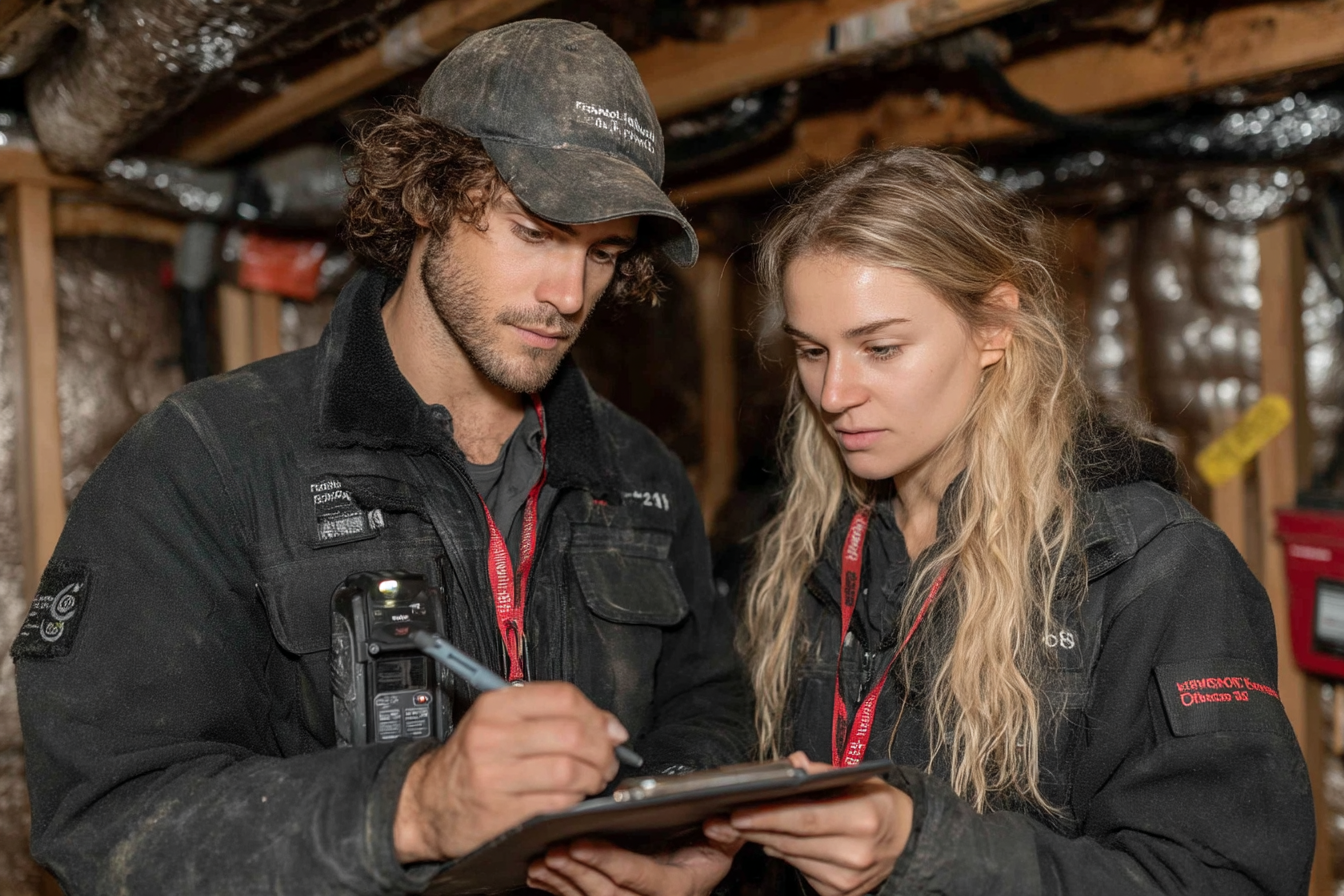Do You Need a Permit to Install Solar or Heat Pumps in Canada?

Written by Solenery
2 min read
Introduction:
Installing clean energy systems like solar panels or heat pumps is a smart move for long-term savings and sustainability but skipping permit requirements can cost you big. From building codes to municipal zoning laws, Canadian provinces have different rules you must follow before breaking ground. This post breaks down what you need to know before installing, so you don’t face unexpected fines or project delays.
Why Permits Matter in Clean Energy Projects
Permits aren’t just red tape—they ensure your system meets safety and code standards. Whether you’re in Ontario, British Columbia, or Nova Scotia, municipalities require documentation before you can legally start installing solar or heat pump systems.
Failing to get the proper permits can:
- Delay your project
- Void your warranty
- Disqualify you from rebates
- Result in fines or forced removal of systems
Understanding Provincial Differences:
Permit rules vary across Canada. Here’s a quick overview of what to expect in key provinces:
Ontario
- Solar: You’ll need an Electrical Safety Authority (ESA) permit and potentially a building permit if structural changes are involved.
- Heat Pumps: May require HVAC permits and municipal approval depending on unit size and whether you’re modifying ductwork.
British Columbia
- Solar: Requires both electrical permits and sometimes development permits, especially in heritage areas.
- Heat Pumps: Often need mechanical permits; some municipalities also ask for site drawings.
Alberta
- Solar: Must apply through the Micro-Generation Regulation process. You’ll need an electrical permit and may need to notify your utility.
- Heat Pumps: Building permits are typically required for retrofits, especially with electrical rewiring.
Nova Scotia & Atlantic Provinces
- Local approvals vary. Always check with your municipality’s development office before proceeding.
Municipal Zoning Laws You Can’t Ignore
Even if your province approves your install, your municipality may have specific rules—like roof height limits, property line setbacks, or equipment noise restrictions. Always double-check your local zoning bylaws before installation.
The Approval Process: What to Expect
- Assessment: Your installer or contractor should assess permit needs based on your property and equipment.
- Application Submission: Most applications are submitted online with drawings, specs, and installer info.
- Inspection (Pre/Post): Some regions require inspection before and after install—especially for solar grid tie-ins.
- Final Approval: Once your system passes all checks, you’re cleared to go live and eligible for rebates.
Common Delays & How to Avoid Them
- Missing documents: Incomplete applications are a top reason for delays.
- Unlicensed installers: Using an uncertified contractor may void your permits or insurance.
- Overlooking zoning issues: Check roof orientation, equipment visibility, and neighborhood regulations.
Tip: Choose an installer who handles paperwork and knows your local permit process inside and out.
Wrap-Up: Don’t Let Paperwork Stall Your Project
Permits may feel like a hassle, but they protect your investment and make you rebate-eligible. Talk to your installer early, confirm which permits apply to your location, and stay ahead of municipal requirements.
Need help navigating permits in your area? Solenery partners with trusted installers who handle it all permits, zoning, and paperwork so you can focus on saving energy, not chasing signatures.